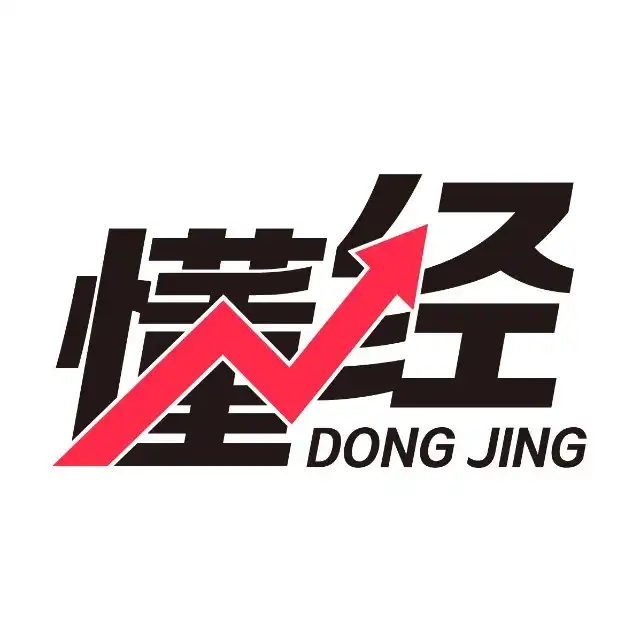China-US electric competition:Differences and opportunities
The following article comes from Understanding the Sutra, written by Zai Fei Wu Danlu
 Understand the scriptures.
Understand the scriptures.
Finally waiting for you to come together to understand the scriptures
Last spring, a group of Nissan executives gathered at the company's headquarters in Yokohama, Japan, to stare at a map of the world.
This map divides the world into four colors:Red represents countries that ban imports of Chinese-made cars; yellow represents countries that may ban them in the future; gray represents countries that may impose some restrictions in the future; and green represents countries that have no restrictions or such possibilities. Executives found that about 60% of countries fell into the green or gray group, while the remaining 40% fell into the red or yellow group.
In recent years, international public opinion has made special mention of China when it comes to automobiles, especially electric vehicles. A recent report in the Wall Street Journal even stated that "electric vehicles have spawned two major camps in the global industry.:Made in China and non-China."
When it comes to electric vehicles, China and the rest of the world do present two different scenarios.
In China, competition for electric vehicles has become heated. Recently, Chinese technology company Xiaomi's first electric vehicle SU7 was unveiled. A number of Chinese electric vehicle manufacturers immediately announced price cuts to deal with the impact of Xiaomi's new cars. At this time, the smoke of the last wave of price wars initiated by BYD has not yet dissipated.

Xiaomi Automobile. Photo by Xinhua Agency
Compared with China's all-out efforts to attack electrification, Western counterparts are a little hesitant. Just one month before Xiaomi launched its new car, Apple announced the cancellation of a car-building project that had been promoting for nearly 10 years. Before and after that, Mercedes-Benz announced that it would abandon its plan to sell 100% electric vehicles in 2030. On March 20, the U.S. government announced that it would significantly lower the U.S. adoption rate target for electric vehicles from 67% in 2032 to 35%. There are also reports that the EU is considering postponing the 2035 EU-wide ban on the sale of fuel vehicles.
Europe and the United States are slowing down the pace of transformation of electric vehicles. Some people speculate whether China has been deceived by the West and whether electrification is a trap set by the West.
In fact, the general direction from fuel vehicles to electric vehicles is the same as the West and the West. There is no dispute over the route. The only difference is the implementation method and rhythm. 中国之快和欧美之慢,都是各自环境使然,很难简单用好坏对错去评判。细看美国最近大幅下调电动汽车采用率目标,实是市场、政治等多方力量纠缠的结果,而非电动汽车转型本身不值得追求。
The first is the market. Sales of electric vehicles in European and American markets are stalling. 尽管去年美国电动汽车的销量达到创纪录的120万辆,但涨幅比前几年已有下降。例如大受美国消费者欢迎的电动皮卡福特F—150 Lightning,一度有20万人等待购买,但去年的销量仅为2.4万辆,远远低于福特预计的15万辆。
Behind the sluggish sales is the relatively high price of electric vehicles. The first wave of consumers who tried electric vehicles were mostly wealthy people on both sides of the East and West, and were more willing to pay a premium for new things. After them, when the ordinary middle class chose a car, they had to consider price factors. Walking into the ongoing New York International Auto Show and checking the recommended selling prices of electric vehicles participating in the exhibition, you can find that most of them are above US$40,000. It is easier to find models below US$30,000 among traditional fuel vehicles and hybrid vehicle models.
Insufficient charging facilities are also an important factor restricting consumers from purchasing electric vehicles. Although the size of charging piles in the United States is expanding, almost doubling from about 87,000 in 2019 to 172,000 last year, analysts predict that more than 2 million charging piles will be needed across the United States by 2030.
High prices and few charging facilities indicate that traditional car companies in the U.S. market are undergoing slow transformation. On the one hand, General Motors, Ford and other automobile giants have hundreds of years of research and development history of fuel vehicles, and it is difficult to switch to electric vehicles as a whole for a while. The accumulation of the past has become a burden now; on the other hand, these traditional automobile companies still occupy a dominant position in the European and American markets and can still rely on fuel vehicles to make profits. For them, withdrawing from the fuel vehicle market in a small step is more in line with economic interests.
** In addition to market reasons, another important factor in slowing down the transformation of electric vehicles in the United States is politics. ** 2024 is an election year in the United States, and the auto industry has a lot of influence on the election situation.
Last spring, when the U.S. Environmental Protection Agency proposed new exhaust emission limits, UAW President Sean Fein publicly stated that due to "concerns about the transformation of electric vehicles," the UAW would no longer support Biden's re-election campaign.
The United Automobile Workers has been cautious about electric vehicles because fewer workers are needed to assemble them and many electric vehicle factories are built in states with fewer unions. The United Automobile Workers is pressing the Biden administration to relax the compliance timetable so that it can "gradually increase the degree of strictness and complete it over a longer period of time."

American car company workers strike. Photo by Xinhua Agency
The Biden administration finally compromised with the unions. In early January this year, revised vehicle exhaust emission rules were introduced, setting a longer time frame. A few weeks later, the United Automobile Workers announced its support for Biden's re-election.
In March, the Biden administration again compromised for votes, significantly lowering its target for electric vehicle penetration in the United States from 67% in 2032 to 35%. Michael Reagan, Administrator of the U.S. Environmental Protection Agency, also stressed that the government "has absolutely no mandate" to promote electric vehicles.
Reuters commented that it was a victory for Detroit and that the final rule change reflected the lobbying power of the United Automobile Workers, automakers and car dealers.
In China, the automotive industry faces a completely different situation. 燃油汽车时代,国外汽车巨头形成了完善的技术和销售体系,中国企业始终处于学习、跟随状态。电动汽车转型让中外同行站在了同一条起跑线上。在你死我活的竞争中,中国车企创新不断,连国外老牌车企也不得不承认,在电动汽车领域,西方落后了。一个例证是,比亚迪的新车型在欧洲、日本频频被拆解研究,就像过去中国车企拆解特斯拉一样。斯特兰蒂斯、大众等欧美巨头则主动拥抱中国科技,与中国造车新势力反向合资。
Due to cost and technological advantages, electric vehicles are easier to penetrate in China, an emerging market where car penetration is originally low. Last year, China monopolized more than 60% of new energy vehicles (including pure electricity and hybrid vehicles) sold globally.

Chinese cars are gradually moving overseas. Photo by Li Maojun and Chen Feng
The problems faced by Chinese electric vehicle companies are different from those faced by mature markets in Europe and the United States-where people have low acceptance of new things and need to adjust slowly to electrification. The unique problem in the Chinese market is that there are too many car companies, their power is scattered, and they continue to lose money under excessive competition. Many analysts believe that in the next few years, a large number of Chinese car companies will be eliminated, and sales will be concentrated in the hands of a few surviving large companies. Large-scale production of electric vehicles will further reduce costs and allow companies to achieve profitability. This is also the road Tesla has traveled since its founding. How to survive and grow bigger as soon as possible is a challenge faced by Chinese electric vehicle companies.
As for the slowdown in the transformation of electric vehicles in Europe and the United States, it may not bring a trap to Chinese car companies, but a good opportunity.
**
